The creative process is seldom a steep curve from zero to awesome. There are times when every week brings new scenes, amazing details, quirky characters and brilliant puzzles, shaping the game identity. But there are also times, when you get stuck, losing the overall view, or you get in a loop of granular polishing, that hinders progressing with the overall project. Sort of a writer’s block, but for level designers.
A few months ago, we were in a similar situation, so Cristi gathered us around for a paradigm shift or What To Do When the Level Design Team is Stuck.
A few months ago, we were in a similar situation, so Cristi gathered us around for a paradigm shift or What To Do When the Level Design Team is Stuck.
I. Stop right now and look back. It’s true that you see this scene every day and you already know what’s missing, what it needs; you simply know it in and out. You and your scene are stuck together and you both haven’t seen anyone else for a while, not even your friends. It’s time to take some space and breathe.
II. Analyze the scene like it’s the first time you’re seeing it. And here is where we can help with a checklist or set of questions to go through when evaluating it.
1. PURPOSE
II. Analyze the scene like it’s the first time you’re seeing it. And here is where we can help with a checklist or set of questions to go through when evaluating it.
1. PURPOSE
Question 1: What do YOU want from this chapter?
- What do you want from this scene or puzzle?
- Is your intention clearly expressed?
- Does it come from personal experience or is this something that does not relate to you?
Question 2: What do you want the player to feel?
- What’s the atmosphere of this chapter/scene?
- How could you convey an atmosphere to match the established purpose?
- Is the sound rendering the right atmosphere?
- Looking for dynamism – use diagonals
- Looking for tranquillity, safety – use rounded shapes
- Is the scene too crowded – maybe illumination can save it.
- Is this chapter / scene making the game better?
If you’re not there yet, then keep reading.
2. PLAYER EXPERIENCE
Question 1: Are all puzzle elements visible?
Clue: If they’re not, the player will get frustrated with the game and it’s not going to be his fault.
Question 2: Why should the player solve the puzzle the way you intend it?
Question 3: Is this the proper pacing?
Think: Always have in mind the minute to minute experience of the player. He deserves the right amount of awesome.
3. COMPOSITION
Clue: If they’re not, the player will get frustrated with the game and it’s not going to be his fault.
Question 2: Why should the player solve the puzzle the way you intend it?
- Why shouldn't it be solved any other way?
- Is this the most rewarding option, from the player’s perspective?
Question 3: Is this the proper pacing?
- Where’s the player coming from? What was his pace when he entered the scene?
- Static vs. dynamic
Think: Always have in mind the minute to minute experience of the player. He deserves the right amount of awesome.
3. COMPOSITION
Question 1: Are the cameras revealing the best the scene has to offer?
Question 2: Does this scene has a unique mood, while respecting the overall atmosphere?
Clue: To be compelling, a game needs to have a consistent atmosphere. But this doesn’t mean creating the same monotonous mood throughout the whole game. Each scene needs to have its own unique mood and all of them combined should make sense into a distinctive atmosphere that defines the game. People should be able to recognize an amazing game, only by a hint to its specific atmosphere. When this happens, it’s when you have a unique game.
Question 3: Is the scene too crowded or too empty?
Clue: Each scene needs to be a harmonious composition. Make sure each object and detail has a purpose. If it doesn’t, then remove it. If the scene needs more individuality, then think of the objects or details that would change it for the better.
4. ILLUMINATION
- Is the camera cutting off important elements?
- Is this scene an artistic composition you’d be proud of showcasing?
Question 2: Does this scene has a unique mood, while respecting the overall atmosphere?
Clue: To be compelling, a game needs to have a consistent atmosphere. But this doesn’t mean creating the same monotonous mood throughout the whole game. Each scene needs to have its own unique mood and all of them combined should make sense into a distinctive atmosphere that defines the game. People should be able to recognize an amazing game, only by a hint to its specific atmosphere. When this happens, it’s when you have a unique game.
Question 3: Is the scene too crowded or too empty?
Clue: Each scene needs to be a harmonious composition. Make sure each object and detail has a purpose. If it doesn’t, then remove it. If the scene needs more individuality, then think of the objects or details that would change it for the better.
4. ILLUMINATION
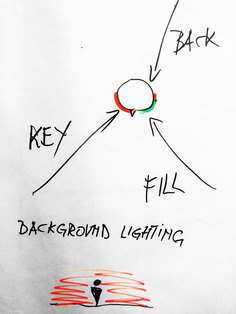
Question 1: Does it help the game play?
Question 2: Is it setting the pacing?
Clue: The light should match the pacing in each scene: static (lighter) or dynamic (darker).
Think: Three-point lighting --->>>
- Is the scene too dark, hiding elements of the puzzle?
- Is it too bright, making it difficult to focus on what the player needs?
Question 2: Is it setting the pacing?
Clue: The light should match the pacing in each scene: static (lighter) or dynamic (darker).
Think: Three-point lighting --->>>
III. Start working again: remove the scene entirely, improve it or move on. And, very important, whatever you decide to do next, ask for the team feedback as well. A new pair of eyes might completely change the story or just confirm your doubts.
Well, this is how we get out of impasse. How about yourselves? What’s the method that gets you back on track?
Well, this is how we get out of impasse. How about yourselves? What’s the method that gets you back on track?
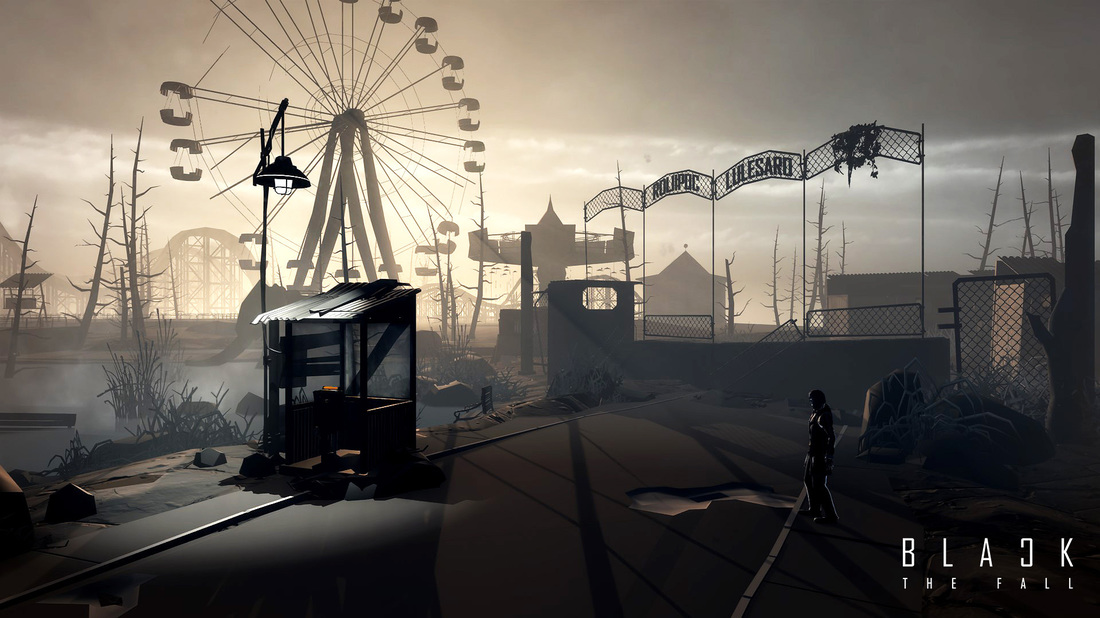
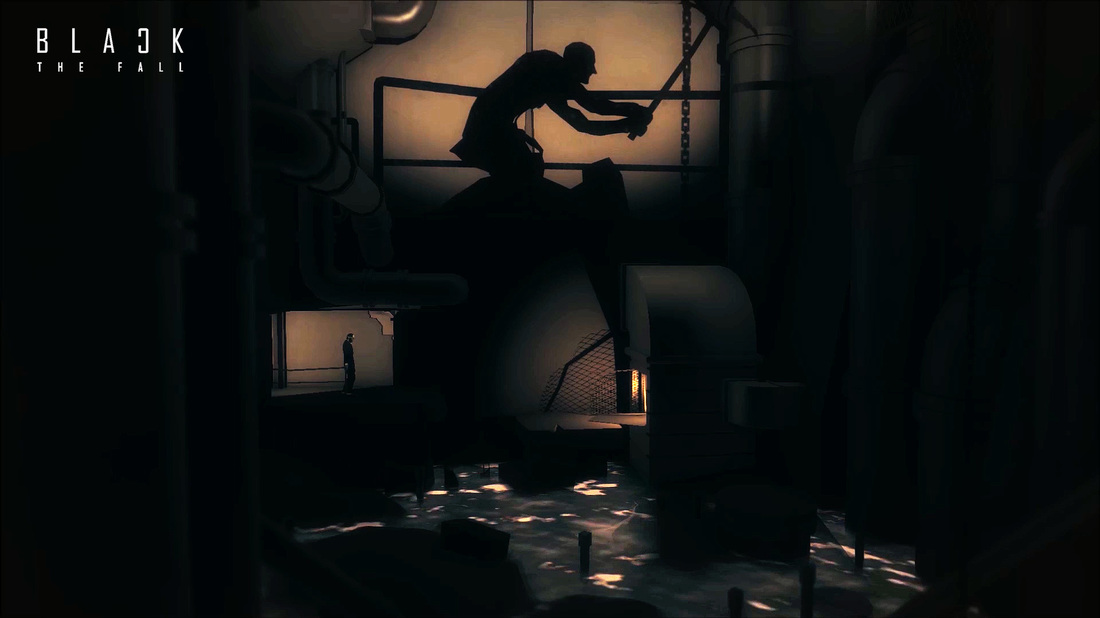
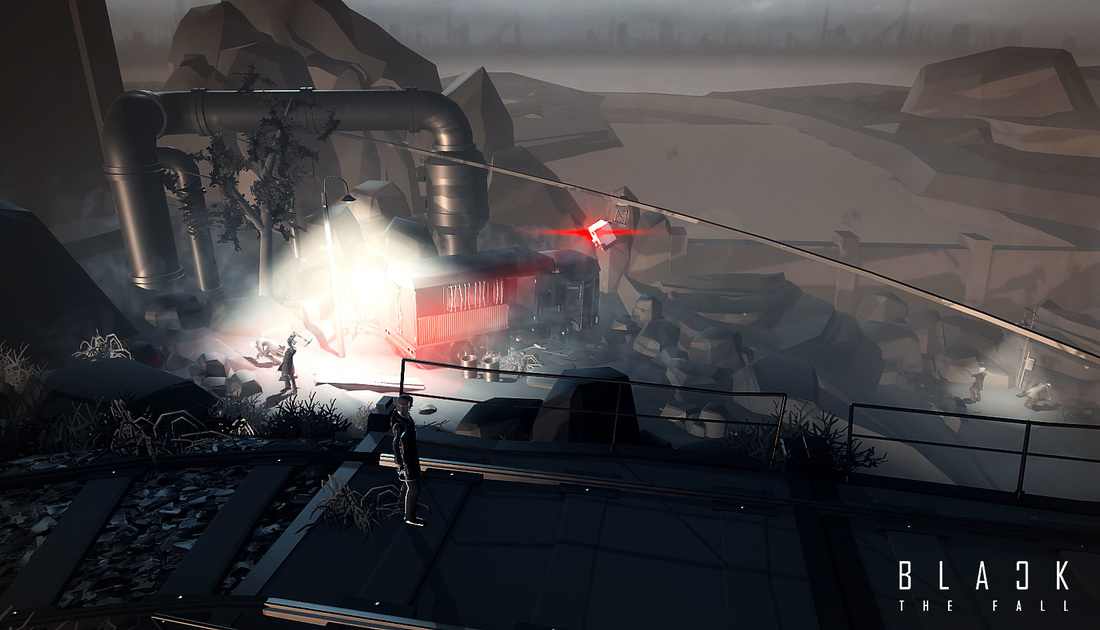
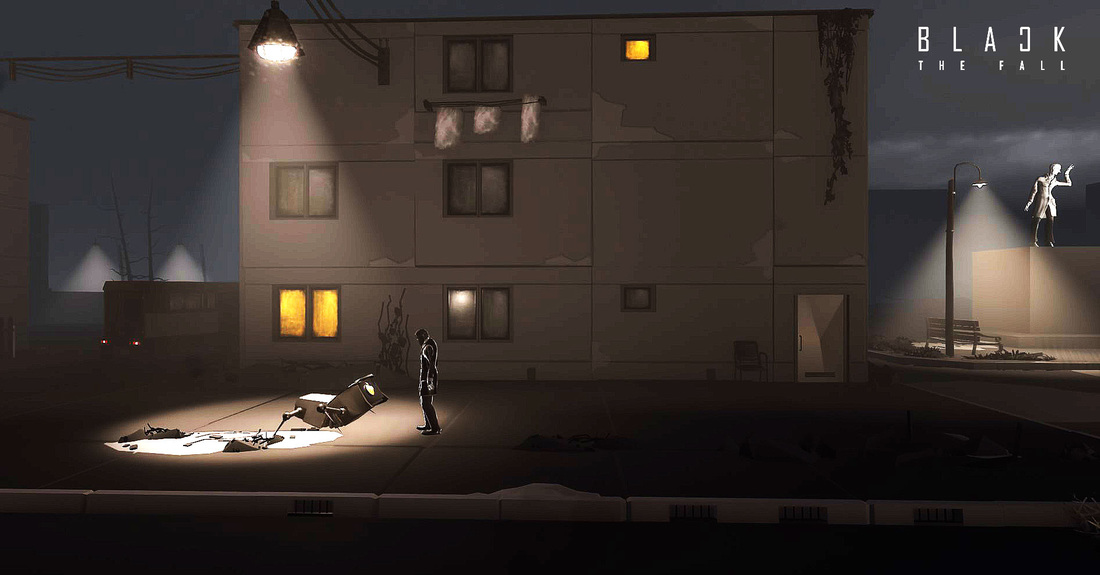
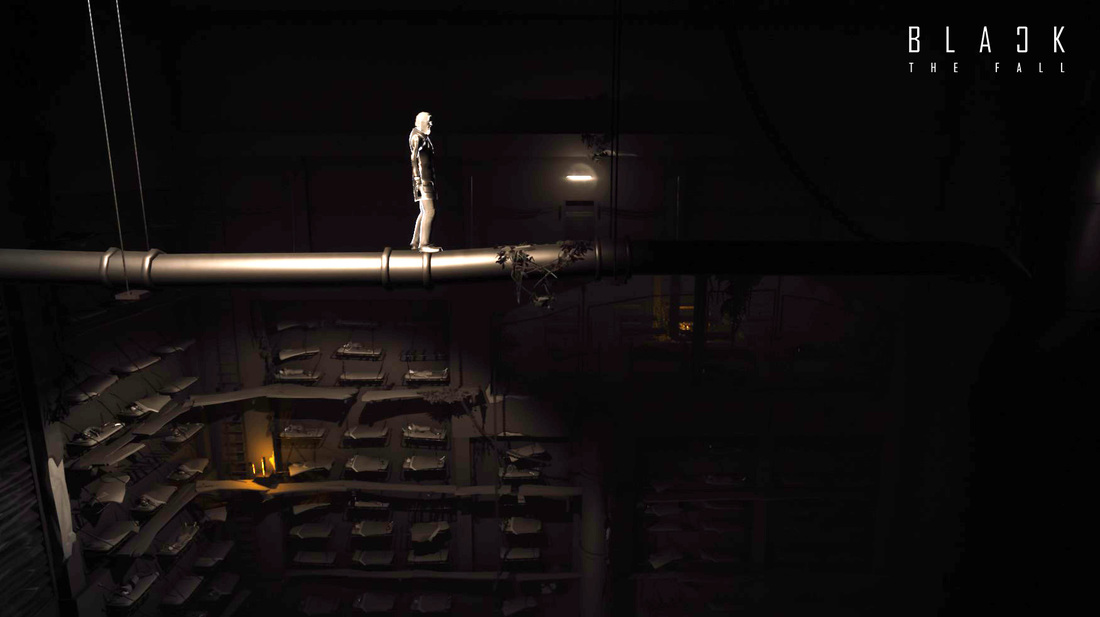
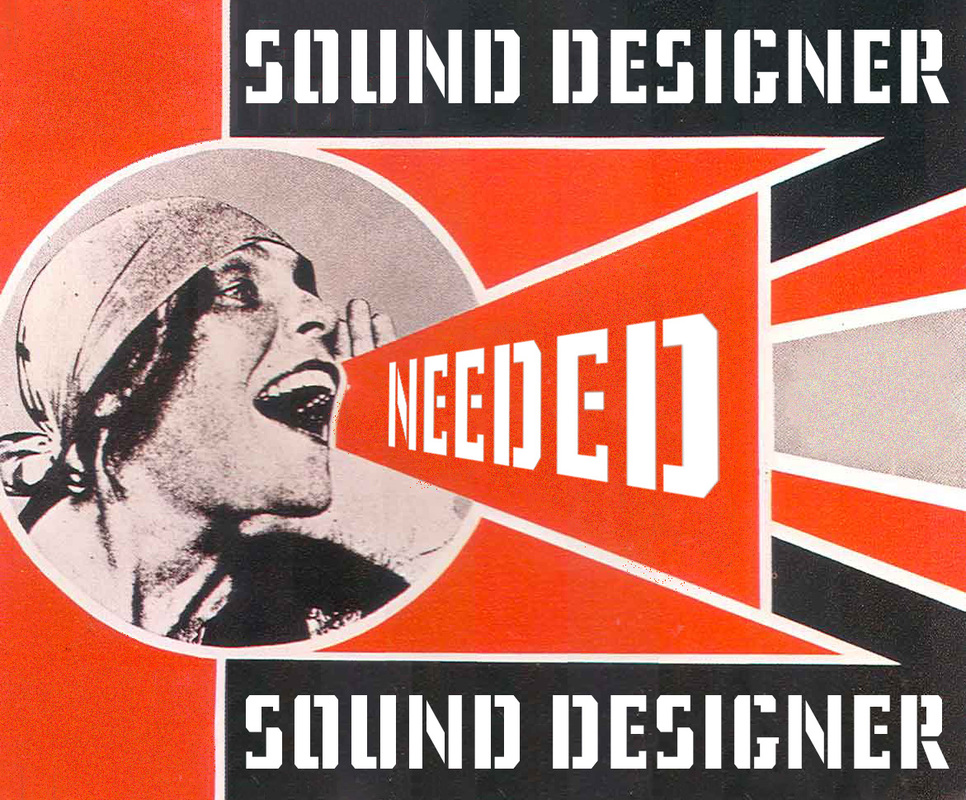
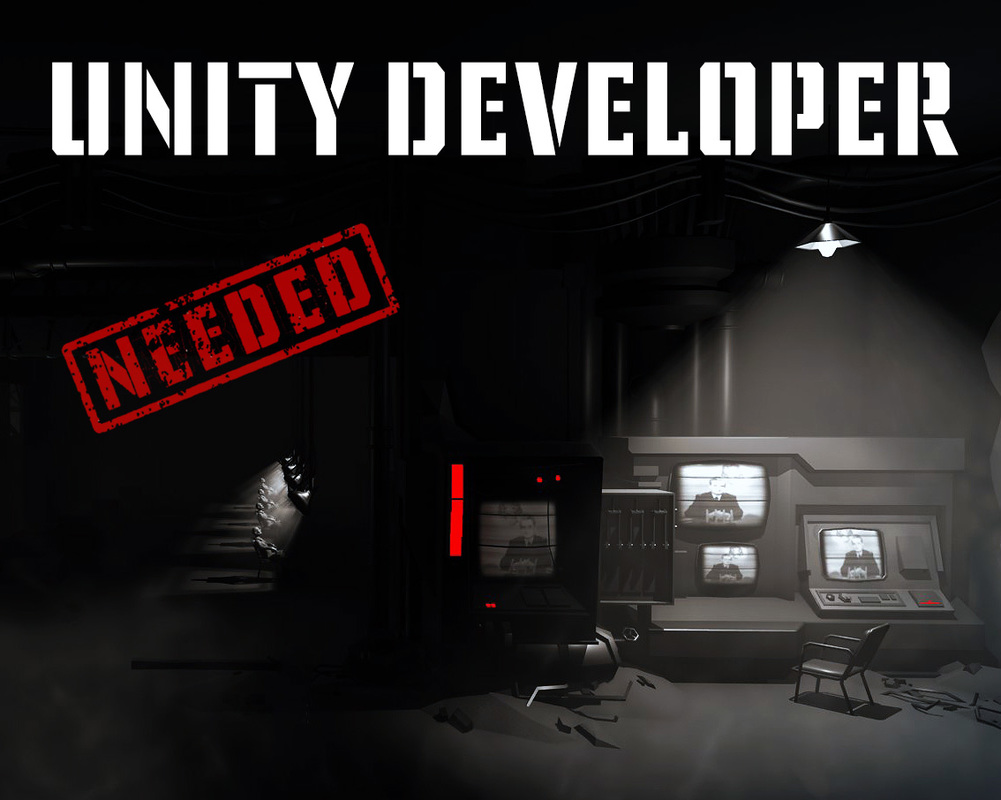
 RSS Feed
RSS Feed
